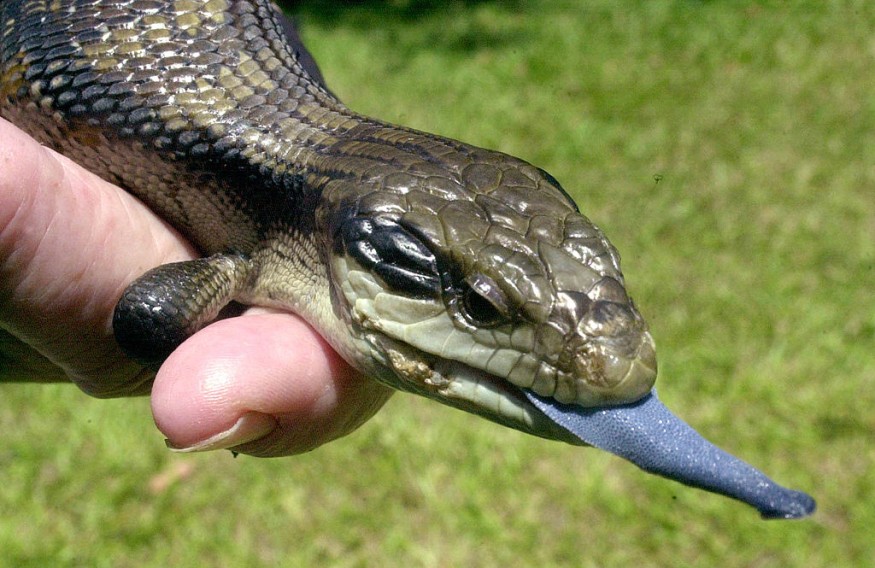Nearly 130 native Australian reptiles that foreign wildlife traffickers have targeted will be added to a worldwide convention, which the Morrison government and conservationists believe will end the "cruel and repugnant" trade.
Protecting Reptiles

Sussan Ley, the environment minister, has designated the spiny-tailed gecko, shingleback lizard, and various blue-tongue lizard species for inclusion under the Convention on International Trade in Endangered Species of Wild Flora and Fauna (Cites).
"Unfortunately, our reptiles have become a major international target. While exporting these animals without specialized permits is already illegal under Australian law, this listing will secure additional international support for their protection," Ley said.
Criminal Act
The Department of Agriculture, Water, and the Environment's environmental crime section has convicted 11 persons on wildlife trafficking charges in the previous two years, with a total sentence of nearly 27 years in jail, according to Ley. Government authorities, she claimed, are still pursuing networks involved in "cruel and repulsive" trafficking.
Cites had informed the government that 127 species would be added to an official list by the middle of this year. It was one of the most extensive lists of any signatory to the treaty since it went into effect in 1975, according to Ley.
Australian reptiles are prized for their distinctive traits and colors, making them a target for wildlife traffickers worldwide.
Cites is the same treaty that prohibits the import of exotic wildlife and animal goods such as ivory.
Humane Society International (HSI) conservationists advocated listing the reptiles in 2020.
According to HSI, the reptiles were commonly marketed on pet trade websites and Facebook groups in Europe, although their export was banned.
According to Alexia Wellbelove, a senior campaign manager at HSI, the illicit traffic in reptiles is frequently harsh, with live creatures wrapped with tape and placed into socks or tiny containers before being smuggled overseas with no food or water.
Many do not make it through the voyage. This listing adds to their arsenal of weapons against unlawful international traffic in live reptiles.
The reptiles will be listed in Appendix 3 of the agreement, which means that nations will be required to register imported creatures for Australia to keep track of the trade.
Wellbelove said HSI was hopeful that the reptiles would be given more protection in the future under the convention's appendix one, which would entail a legal prohibition on international commerce.
The Cites prohibited list includes 1,082 species and 36 subspecies of plants and animals. The convention's first signatory was Australia.
Wildlife Smuggling
Wildlife smuggling is a lucrative industry. Like illegal narcotics and weaponry, wildlife and animal parts are trafficked by deadly transnational networks. It is nearly hard to collect solid numbers for the value of the illicit wildlife trade due to its very nature. The wildlife trade monitoring network TRAFFIC estimates that it is worth billions of dollars.
Harms
Two well-known examples of illicit wildlife commerce are poaching elephants for ivory and tigers for their skins and bones. Many other species, from sea turtles to wood trees, are equally overexploited. Wildlife trading isn't always illegal. Thousands of species of wild plants and animals are trapped or harvested in the wild and then legally marketed as food, pets, decorative plants, leather, tourist souvenirs, and medicine. When a growing amount of wildlife commerce is illegal and unsustainable, it becomes a crisis, posing a direct threat to the existence of many wild species.
Related Article : Urban Expansion May Spell Extinction to More than 850 Species
For similar news, don't forget to follow Nature World News!
© 2026 NatureWorldNews.com All rights reserved. Do not reproduce without permission.





